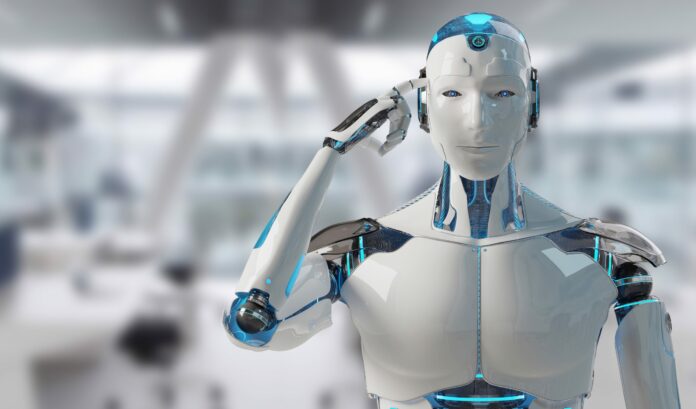Researchers make use of machine learning and dynamic systems to make spontaneity AI.
Robots with autonomous functions such as spontaneity are highly wanted. Many of the control mechanisms of robots are influenced by the feature of animals together with human beings.
Roboticists make use of predefined modules and control methodologies to design robot behaviors that make them task-specific, limiting their flexibility. Researchers provide an alternate method of machine learning methodology for designing spontaneous behavior, by complex temporal patterns similar to neural activities of animal brains. Robots and their control software can be arranged as a dynamic system. It is a mathematical model that describes the internal changing of something.
Many researchers are attracted by a class of dynamical systems called high-dimensional chaos because of its powerful way to model animal brains. Mostly it is hard to manage over high-dimensional chaos due to the complexity of the system parameters and the sensitivity of varying initial conditions, a phenomenon known by the term “butterfly effect.”
Doctoral student Katsuma Inoue stated that there is an aspect in high-dimensional chaos known as chaotic itinerancy (CI) that helps to explain brain activity during memory recall and association.CI has been a solution in robotics for implementing spontaneous behavioral patterns.
In this study, they propose a method for implementing chaotic itinerancy simple and systematically using complicated time-series patterns generated by high-dimensional chaos. Reservoir computing (RC) is a machine learning method that builds dynamical systems theory and comes up with the team’s approach. Reservoir computing is used to control the Recurrent Neural Network (RNN), a type of neural network. Reservoir computing modifies some parameters and keeps all other connections of a Recurrent Neural Network fixed that makes it possible to train the system faster. Researchers put in principles of Reservoir computing to a chaotic Recurrent Neural Network, exhibits a spontaneous behavioral pattern they were hoping for.
Associate Professor Kohei Nakajima stated that the brains of the animals give high-dimensional chaos in the activities and the model could offer insight into how chaos contributes to information processing in our brains. This method may have a broader impact outside the field of neuroscience since it is applied to other chaotic systems also. They wish to see artificial implementations of brain functions before too long.

